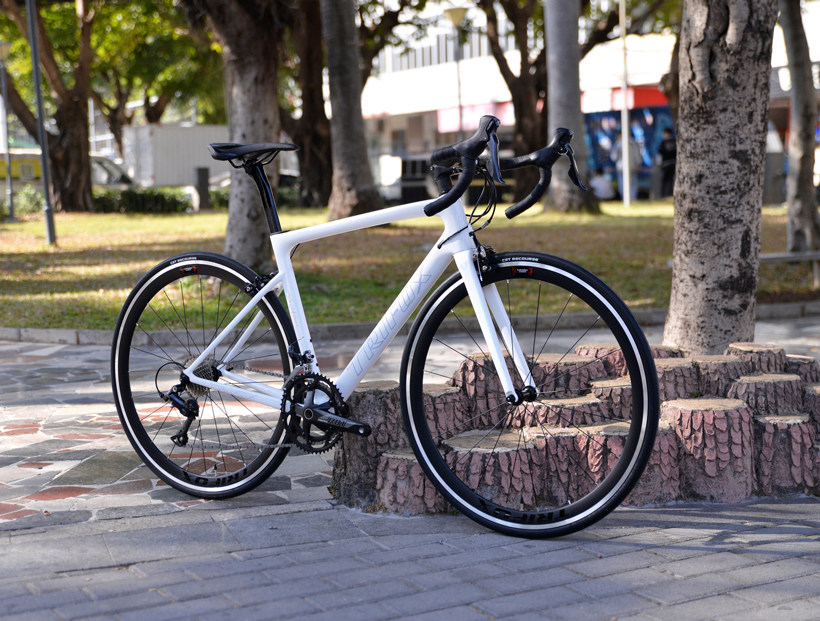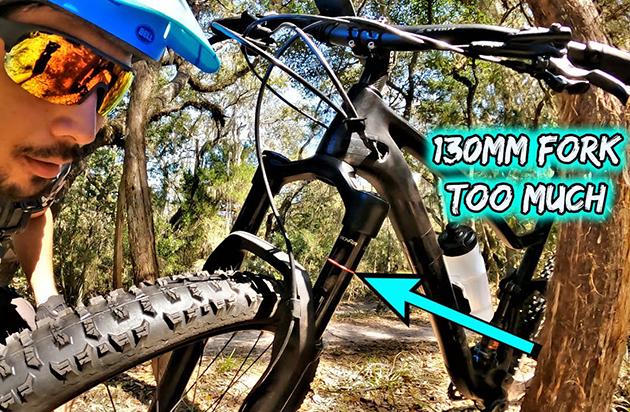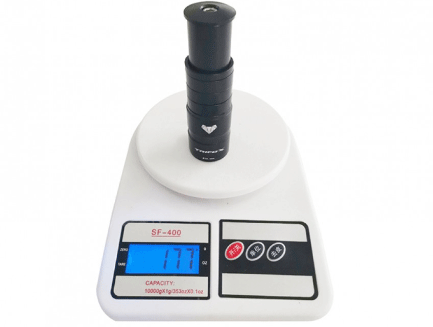As a road cyclist, it’s natural to wonder how often you need to replace various parts of your bike to ensure optimal performance and safety. One of the key components that often raises questions is the handlebars. They might seem like a simple part of the bike, but they play a crucial role in your control, comfort, and overall riding experience. So, do road bike handlebars need to be replaced regularly? Let’s dive into the factors that influence the lifespan of handlebars and whether regular replacement is necessary.
The Role of Handlebars on a Road Bike
Road bike handlebars, particularly those with drop bars, are essential for providing control and comfort during long rides. They allow you to switch between different riding positions, reduce wind resistance, and make it easier to maneuver the bike. Handlebars are typically made from materials such as aluminum, carbon fiber, or steel, with carbon fiber offering the lightest weight and the most comfort-absorbing properties.
Given their importance, handlebars need to be in good condition to ensure a safe and enjoyable ride. But how often should you replace them?
Factors That Impact Handlebar Lifespan
1. Material Durability:
The material your handlebars are made from will affect their longevity. Aluminum handlebars are known for their strength and can last many years if properly maintained. Carbon fiber handlebars, like those found in the [Trifox carbon bike handlebars collection], offer superior stiffness and lightness but may have a shorter lifespan if subjected to frequent stress or impacts. They can also be more prone to damage from crashes or mishandling. Steel handlebars, while less common in modern road bikes, are typically very durable but also heavier.
2. Wear and Tear:
Over time, handlebars may experience normal wear and tear due to continuous use, especially if you’re an avid cyclist. Constant vibrations, exposure to the elements, and even your own grip can cause the handlebars to wear down. Handlebars can also become slippery or lose their grip if the bar tape or grips get worn out, which is more of a maintenance issue than the handlebars themselves needing to be replaced. This can often be remedied by simply replacing the tape or grips, rather than replacing the entire handlebar.
3. Accidents and Crashes:
One of the most common reasons for replacing handlebars is if you’ve been involved in a crash or accident. Even a seemingly minor impact can cause internal damage to carbon fiber handlebars, leading to hidden cracks or weakened areas that could compromise safety. In these cases, it’s important to inspect your handlebars thoroughly or have them checked by a professional. If there’s any sign of damage, it’s essential to replace them to avoid the risk of failure while riding.
4. Changes in Riding Position:
Over time, cyclists may adjust their riding positions, whether due to comfort, performance, or riding style. If your handlebars are no longer comfortable or suitable for your riding position, replacing them with a more appropriate set might be necessary. A more aerodynamic or ergonomic setup can significantly enhance your riding experience, reducing strain and fatigue during long rides.
How Often Should You Replace Your Handlebars?
In general, handlebars don’t need to be replaced regularly unless they show signs of wear, damage, or performance decline. If you ride regularly, you should check your handlebars for any visible cracks, dents, or stress marks, especially after a fall or crash. For cyclists who don’t crash often and take good care of their equipment, handlebars can last many years without needing replacement.
However, if you upgrade your bike, change your riding style, or want to reduce weight, it might be time to consider replacing the handlebars. Carbon fiber handlebars, in particular, can offer performance benefits like reduced weight and improved vibration damping, but they do require careful inspection for damage and are more expensive than their aluminum counterparts.

Final Thoughts
While road bike handlebars don't need to be replaced on a regular basis, they do require occasional inspection and replacement depending on factors like material wear, damage from accidents, or changes in your riding preferences. Regular maintenance, such as replacing bar tape and checking for cracks or stress signs, can help prolong the life of your handlebars and keep you riding safely. If it’s time for an upgrade or a replacement, carbon fiber handlebars, such as those from Trifox Bike, can offer both performance and comfort benefits—just make sure to choose the right type for your riding needs.





















































































